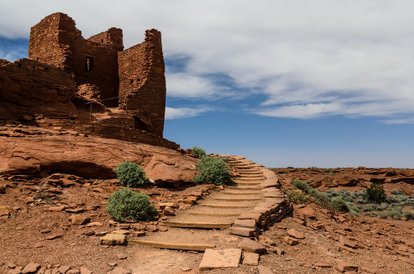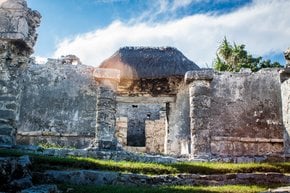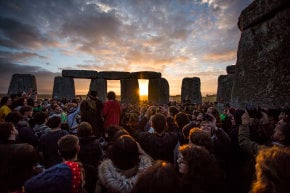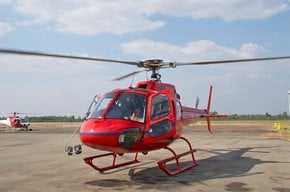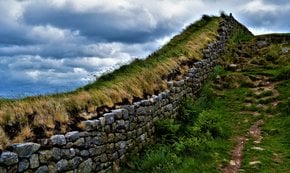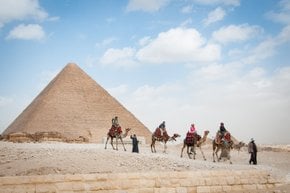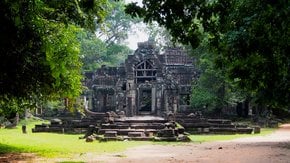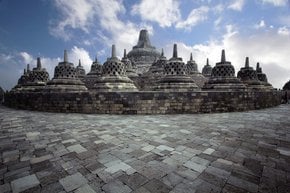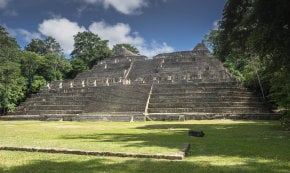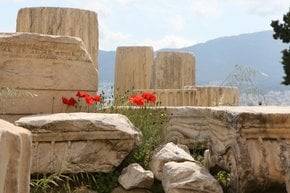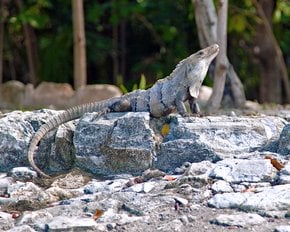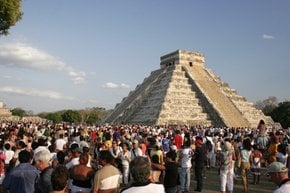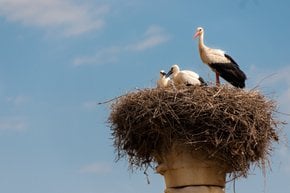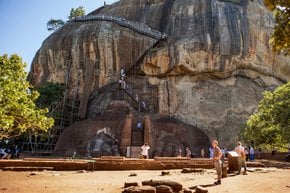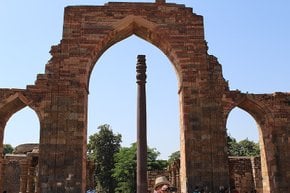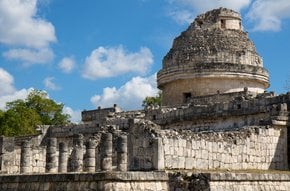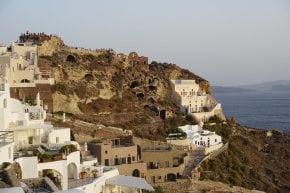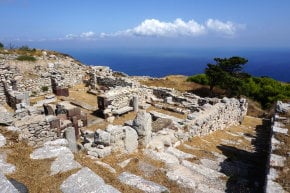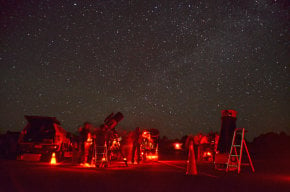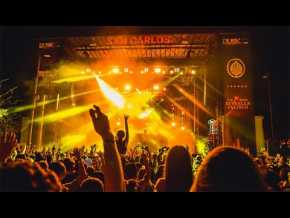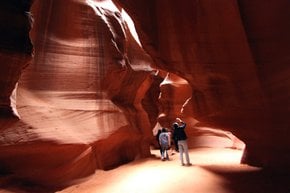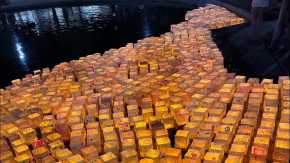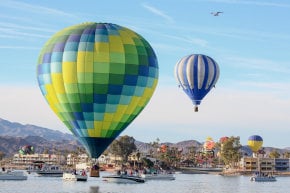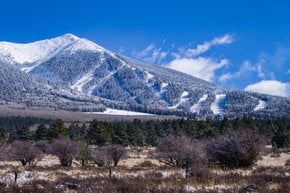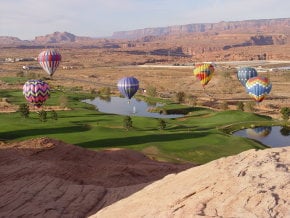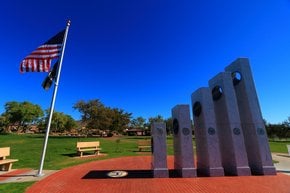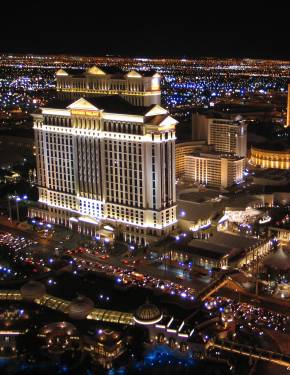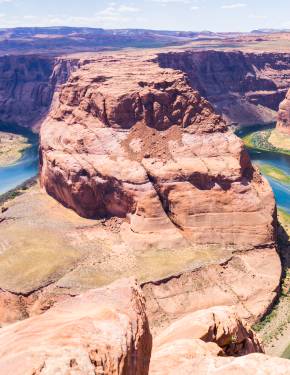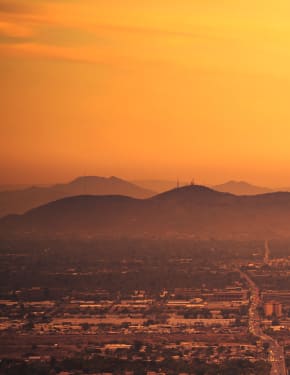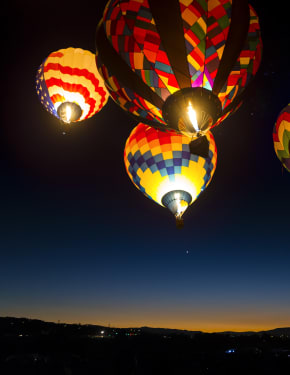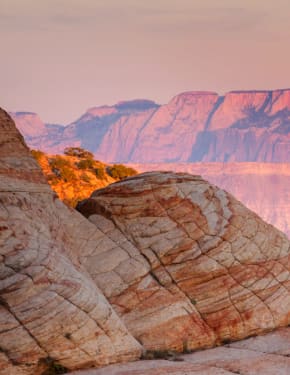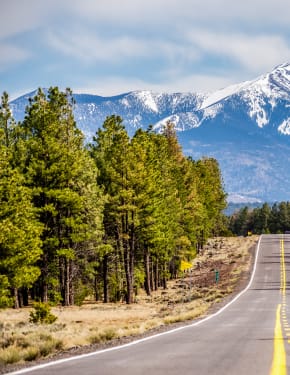Wupatki National Monument in Arizona 2025-2026
The best preserved pueblo ruins in America
Best time: October–April
If you are looking for Native American architecture, you won't find more beautiful and better-preserved examples of pueblo ruins which look even more impressive among Arizona’s scenic desert vistas. The Wupatki National Monument is located in north-central Arizona, near Flagstaff. It's best to visit it along with the Sunset Crater Volcano National Monument, located nearby. You can visit the site year-round; however, a cooler season is a better time since the summer temperatures can reach 100ºF (38ºC) with frequent thunderstorms. Besides, October through April you can join one of the guided hikes at the Wupatki National Monument. Weekdays are best since the place can be crowded during weekends.
Wupatki is one of many settlements built by the Ancient Pueblo People—the Cohonina, Kayenta Anasazi, and Sinagua. The area became inhabited around 500 AD. In the Hopi language, Wupatki means "Tall House," and it was home to about 100 people. After the Sunset Crater eruption in the 11th century, the area was covered with volcanic ash, which improved agricultural productivity. By 1225, inhabitants permanently abandoned the site.
The red rocks look especially beautiful at sunset. The local Moenkopi sandstone gives the pueblos their distinct red colour.

